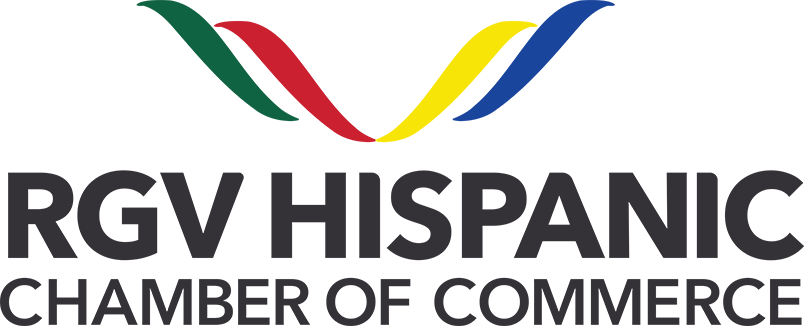Storm-Proofing the Dream: How Small Business Owners Can Build Their Financial Safety Net
In the long arc of entrepreneurship, every business faces lean seasons, economic curveballs, and unexpected costs. Small business owners, operating without the cushion of corporate fallbacks, often find themselves one crisis away from financial turmoil. A robust financial safety net isn’t just a luxury—it's an operating essential, a line of defense against everything from supply chain hiccups to market downturns. The smartest business minds understand that profitability may come and go, but resilience is built.
Split the Revenue Stream Before It Splits You
One of the more overlooked tactics in building a financial buffer is diversifying income. Relying on one customer base, one product, or one large client can feel deceptively stable until the winds change. Spreading revenue sources—through side services, subscription models, or digital goods—doesn't just pad profits, it stabilizes the floor beneath them. Think of it like multiple legs on a table: fewer wobble points, less chance of collapse.
Treat Cash Flow Like a Barometer, Not a Bank Balance
Cash flow is often mistaken for the amount of money in the bank, but the distinction is critical. Watching the rhythm of money entering and exiting tells a clearer story than just knowing what’s sitting idle. Business owners who monitor trends weekly—not just quarterly—can anticipate tight spots before they’re in them. Tools that forecast upcoming expenses or delays in receivables allow for nimble adjustments rather than panicked reactions.
Automate the Safety Net
The idea of “paying yourself first” shouldn’t stop with personal finances. Business accounts benefit greatly from automation—particularly when saving for future slowdowns. Setting up automatic transfers to a reserve account creates distance between temptation and access. It’s not about hoarding cash; it’s about creating room to maneuver when something expensive and unplanned shows up. Even small, consistent transfers accumulate over time into a lifeline.
Organize Before You Optimize
Introducing a document management system gives you more than a tidy folder—it builds the backbone for real-time decision-making across your financials. Centralizing invoices, receipts, and balance sheets makes retrieval quicker and reporting less of a headache. When files arrive in PDF format, knowing how to convert PDF to Excel allows for easy manipulation and analysis of tabular data, providing a more versatile and editable format. Once edits are complete, resaving the document back to PDF maintains a professional, secure version ready for sharing or archiving.
Credit Is a Ladder, Not a Lifeline
Many entrepreneurs mistake available credit for available funds, often to their detriment. Responsible use of credit—whether it’s a low-interest business card or a line of credit—should be viewed as a tool, not a go-to fix. A financial cushion should exist before the need for borrowing arises, not because borrowing is the only option. When used tactically, credit can help navigate dips, but without planning, it can quickly snowball into an anchor.
Think Insurance Beyond the Basics
It’s easy to check the box on business insurance and call it a day. But building a proper safety net means exploring coverage that addresses the true nature of the risk. That might include business interruption insurance, cyber liability, or key person insurance, depending on the setup. A well-matched policy might cost a little more upfront, but when the storm hits, it often proves to be the cheapest money ever spent.
Build Relationships That Pay in Bad Weather
Sometimes, your safety net isn’t just money—it’s people. Cultivating strong relationships with vendors, landlords, and even competitors can provide leverage during hard times. A flexible lease agreement or an understanding supplier can be the difference between staying afloat or shutting doors. These aren’t just transactional arrangements; they’re networks of goodwill that take time to build and offer real value when you need it most.
When it comes to protecting a business from financial shock, the best strategy isn’t a single tactic—it’s the layering of smart decisions. Diversified income, proactive cash flow management, automated savings, cautious credit use, strong insurance, clean books, and real relationships all braid together into a net that catches more than one kind of fall. No one can predict the next downturn or disruption, but preparation shrinks the space between disaster and recovery. And for business owners balancing dreams with survival, that space is everything.
Discover how the Rio Grande Valley Hispanic Chamber of Commerce can empower your business with invaluable resources and connections to thrive in our vibrant community!
Additional Hot Deals available from Adobe Acrobat
Kickstart Your Vegan Venture: Unleash the Power of a Plant-Based Business
How to Identify the Best Time to Exit Your Business
Empowering Hispanic Entrepreneurs: A Chamber's Role in Business Success
New Coat, Same Heart: Reviving Your Small Business Brand Without the Big Spend
This Hot Deal is promoted by Rio Grande Valley Hispanic Chamber of Commerce.

